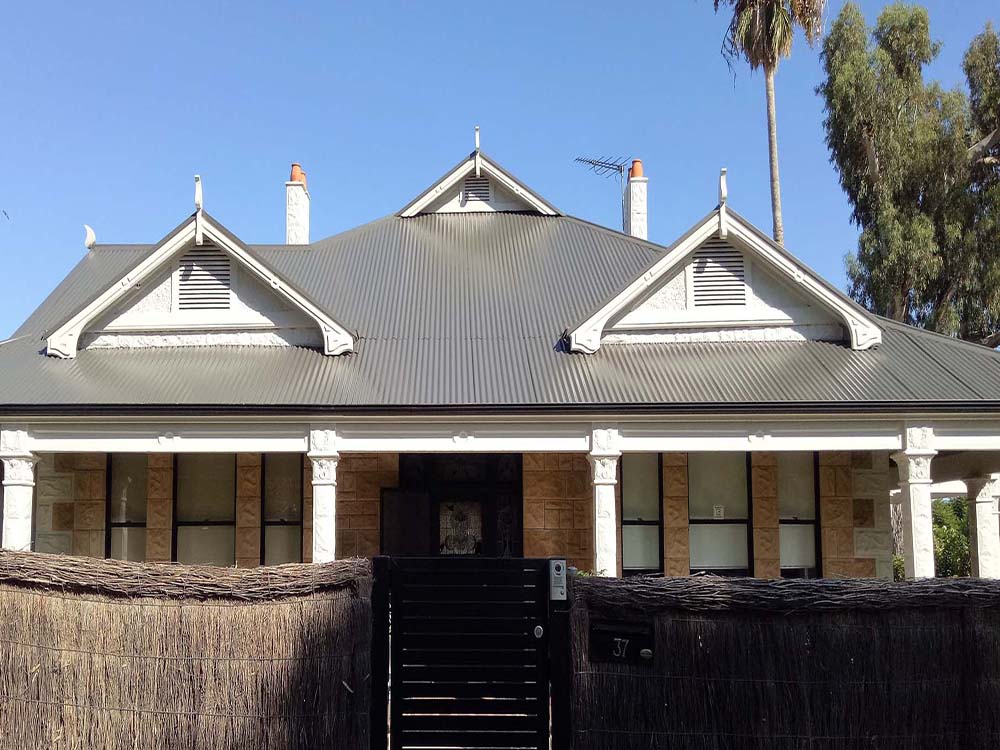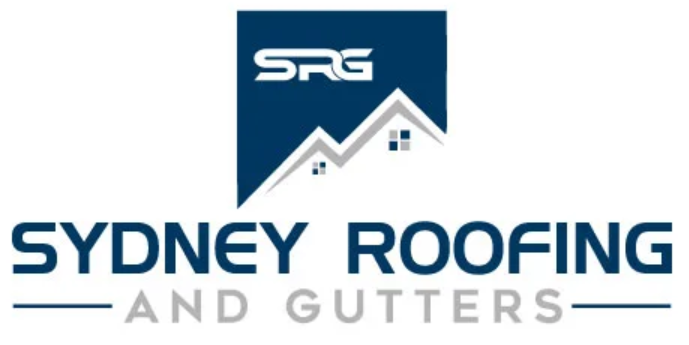A Guide To Australian Roof Types
There are a few different types of roofs used in Australia, and each one has its own benefits and drawbacks. In this guide, we’ll take a look at the most common roof types, so you can choose the right one for your home.
Each type of roof has its own unique set of pros and cons, so it’s important to do your research before making a decision. We hope this guide helps you make an informed choice about which roof is best for your home.

Type Of Australian Roofs
There are many different types of roof shapes in Australia, each with their own unique benefits and drawbacks. The most common roof types are:
Gabled Roofs
gabled roofs are the most popular type of roof in Australia due to their simple design and effective drainage system. They are also relatively easy to construct, which makes them a cost-effective option for many homes and business owners. However, gabled roofs can be prone to leaking during heavy rainstorms, so it is important to have a professional inspect and repair any damaged shingles or flashings.
Hip Roofs
Hipped roofs are also popular in Australia, especially in areas with high winds. They are designed to resist strong winds and can be constructed with either trusses or rafters. Hip roofs are more expensive than gabled roofs, but they offer increased protection from the elements.
Flat Roofs
Flat roofs are a common roof type in Australia, particularly in urban areas. They are easy to construct and maintain but can be susceptible to leaks if not properly sealed and insulated. Flat roofs should be inspected regularly for any signs of damage or wear and tear.
Skillion Roof
Skillion roofs are a type of flat roof that is becoming increasingly popular in Australia. They are similar to flat roofs but have a sloped design that allows for better drainage. Skillion roofs can be constructed with either trusses or rafters, and are typically made from metal or asphalt. The roof structure of skillion roofs can be called the small addition of the existing roof. It involves to keep the same roof that places the skillion roof lower to the main roof.
Butterfly Roofs
Butterfly roofs are a type of hipped roof that gets their name from their V-shaped design. Butterfly roofs are becoming increasingly popular in Australia due to their unique aesthetic appeal. They can be constructed with either trusses or rafters, and are typically made from metal or asphalt. It is perfect for a box gutter.
Sawtooth Roofs
Sawtooth roofs are a type of hipped roof that is characterized by their sawtooth-shaped design. Sawtooth roofs are more expensive than other types of roofs, but they offer increased protection from the elements and can be constructed with either trusses or rafters.
Saltbox Roofs
Saltbox roofs are a type of gabled roof that is characterized by their asymmetrical design. Saltbox roofs are relatively easy to construct but can be susceptible to leaks if not properly sealed and insulated. Saltbox roofs should be inspected regularly for any signs of damage or wear and tear.
Materials Essential For Australian Roofing
Roofing is one of the most important aspects of any building. It protects the structure from weather damage and keeps the occupants comfortable and safe. In Australia, roofing is a big industry with many different types of materials available. Here are some of the most popular roofing materials used in Australia:
Tile
Tile roofs are very popular in Australia due to their durability and fire resistance. They are also low maintenance and can last for decades with proper care. There are many types of tiles for roofing like concrete tile roofs, terracotta tile roofs, glass and cement tiles etc.
Metal
Metal roofs are growing in popularity due to their energy efficiency and durability. They are available in a variety of colors and styles to match any home’s exterior.
Asphalt Shingles
Asphalt shingles are the most common type of roofing material in Australia. They are affordable and easy to install, making them a popular choice for many homeowners.
Rubber
Rubber roofs are a newer type of roofing material that is becoming more popular due to its durability and eco-friendly properties. It is also low maintenance and can last for many years.
Solar Panels
Solar panels are becoming more common on roofs in Australia as they become more affordable. They are a great way to reduce your energy costs and help the environment.
Types of tiles used for making the roofs in Australia
There are many types of tiles that can be used for making roofs in Australia. The most common type is the concrete roof tile. Other types include clay roof tiles, metal roof tiles and composite roof tiles. Each type has its own advantages and disadvantages, so it is important to choose the right type of tile for your particular needs.
Concrete roof Tiles
Concrete roof tiles are the most popular type of tile used in Australia. They are made from a mixture of Portland cement, sand and water. Concrete roof tiles are strong and durable, and they can last for many years with proper care and maintenance. However, they are also heavy and can be difficult to install.
Clay Roof Tiles
Clay roof tiles are another popular option for roofs in Australia. Clay tiles are made from a mixture of clay, sand and water. They are fired in kilns to create a hard, durable tile. Clay roof tiles are lighter than concrete tiles, and they are easier to install. However, they are not as durable as concrete tiles and may need to be replaced more often.
Metal Roof Tiles
Metal roof tiles are made from either aluminum or steel. Metal roofing is light and easy to install, but they are not as durable as concrete or clay tiles. Metal roof tiles can also be noisy in rainstorms or when hail hits them.
Terracotta Roof Tiles
Terracotta tiles are a type of roofing material that has been used for centuries. They are made from clay that is fired in kilns, and they are available in a variety of colors. Terracotta roof tiles are durable and long-lasting, and they can provide an attractive look to any home. However, they require regular maintenance and can be susceptible to damage from the elements.
Conclusion
Are you ready to start optimizing your lead generation funnel? By following the tips in this blog post, you should be able to see an increase in leads coming through your funnel in no time. Remember, it takes time and effort to perfect your lead funnel, but the results are well worth it. What strategies have you found to be effective in increasing lead generation? Let us know in the comments below!



